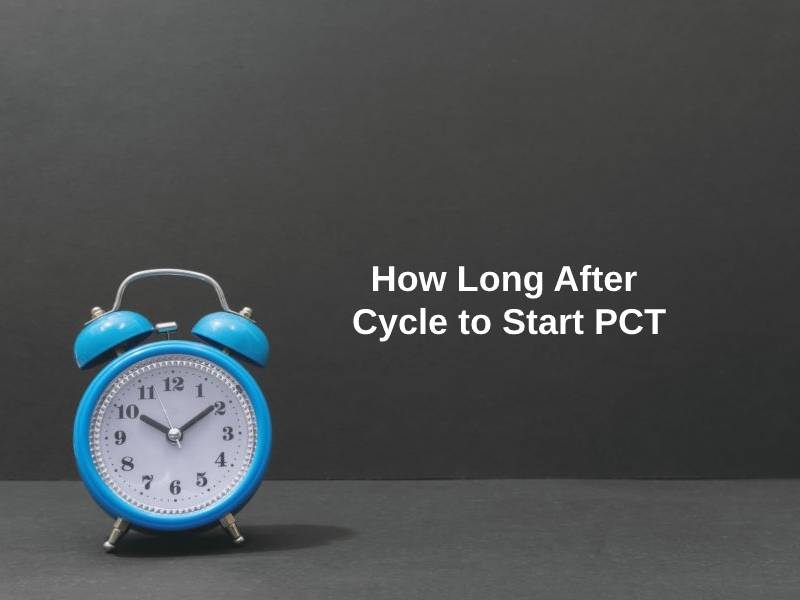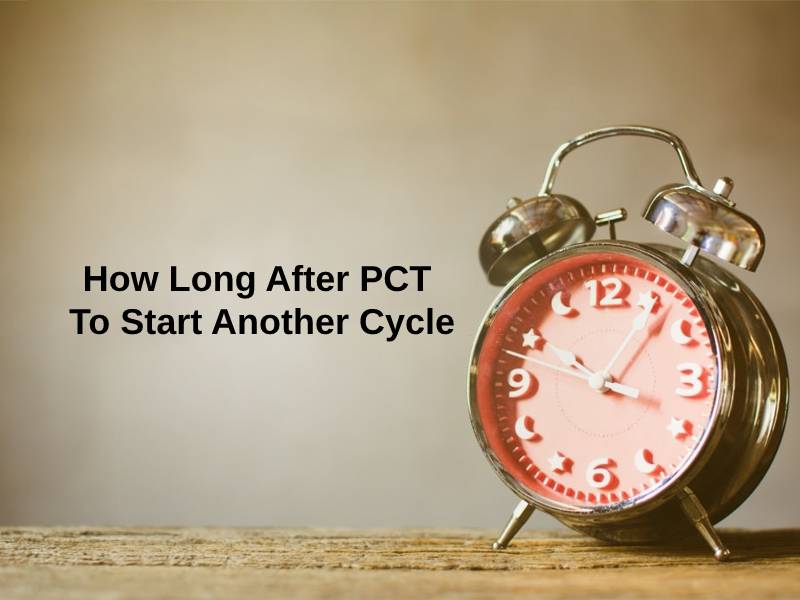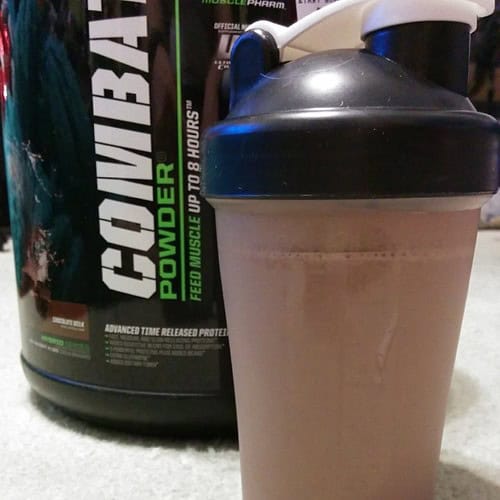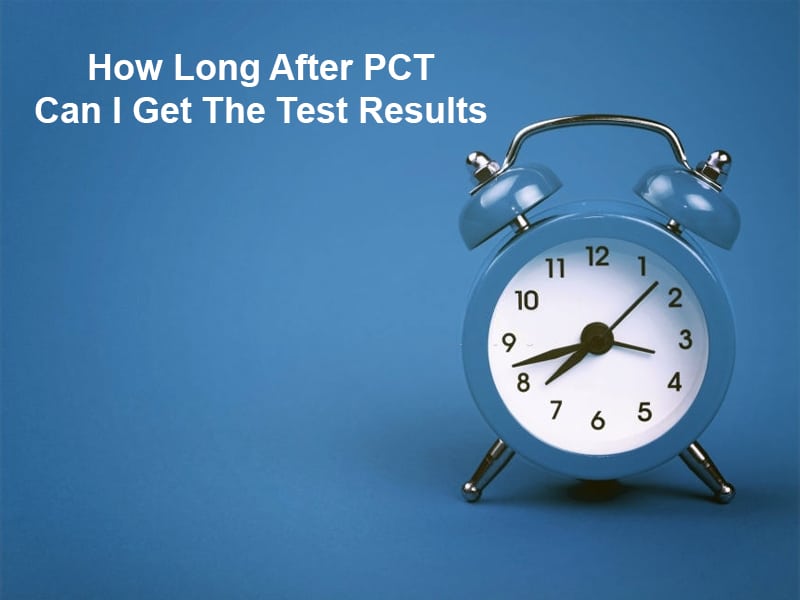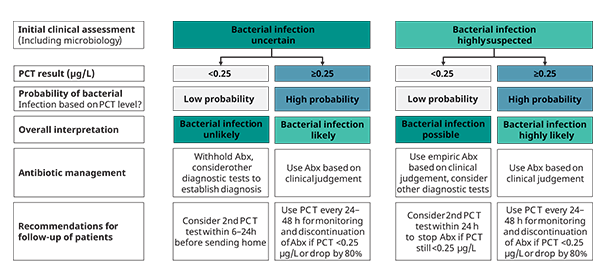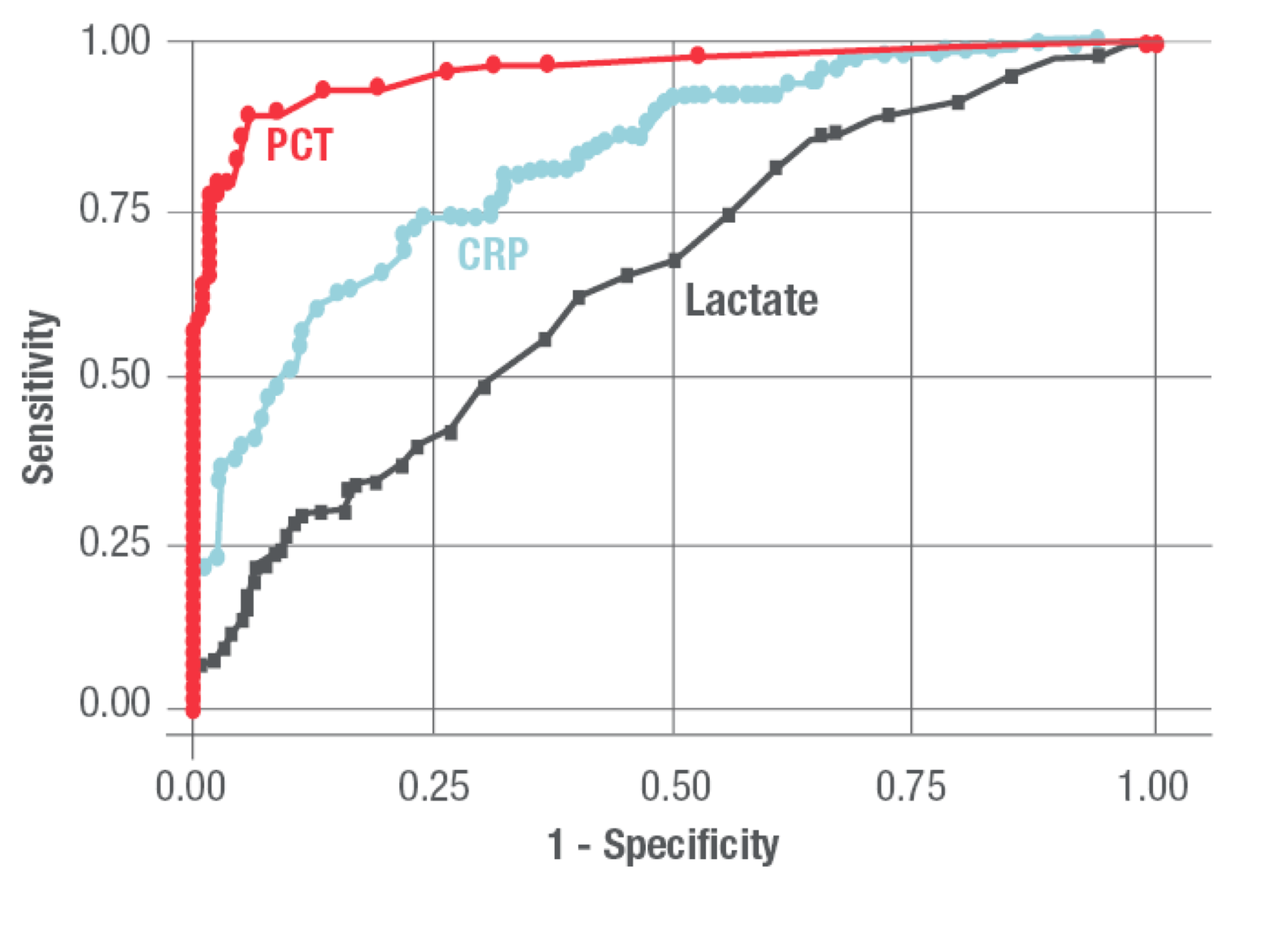When To Start Pct After Test E
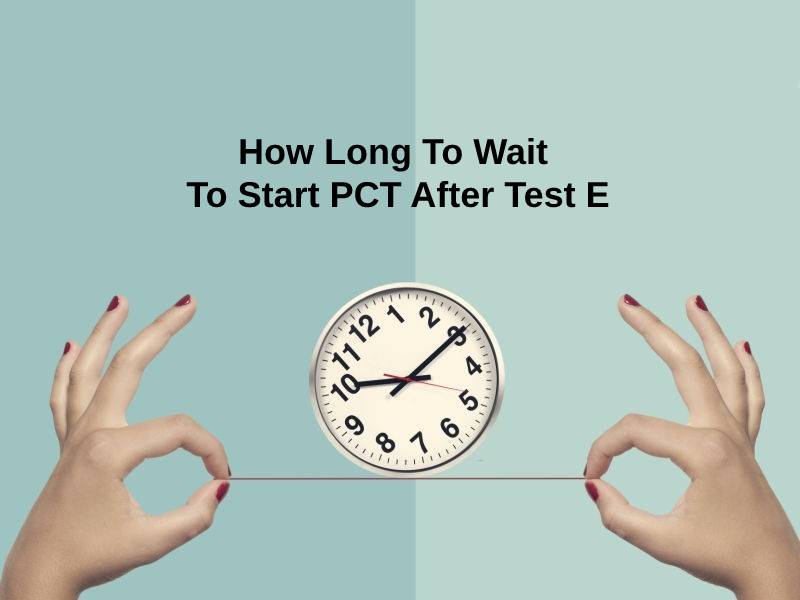
Imagine a weightlifter, sweat glistening on his brow, chalk dust swirling around him as he stares down a seemingly impossible weight. He’s been pushing his limits, striving for peak performance, perhaps with the help of testosterone enanthate (Test E). But the real test, the unseen challenge, lies not just in the lift itself, but in what comes after. It’s the intricate dance of restoring hormonal balance, the crucial period known as Post Cycle Therapy, or PCT.
The timing of starting PCT after a Test E cycle is critical for mitigating potential side effects and preserving gains. This article explores the complexities of this timing, offering insights into how to navigate this crucial phase with informed decision-making. It underscores the importance of understanding the body's natural hormonal processes and the impact of exogenous testosterone.
Understanding Testosterone Enanthate and Its Effects
Testosterone enanthate is a long-estered form of testosterone. It’s commonly used to increase muscle mass and strength. Understanding its pharmacokinetic properties is essential for determining PCT timing.
The ester attached to the testosterone molecule affects its release rate into the bloodstream. Longer esters, like enanthate, result in a slower release and a longer half-life, meaning it takes longer for the drug to be cleared from the system.
The Half-Life Factor
The half-life of Test E is approximately 4.5 to 5 days. This means that it takes about that long for half of the injected testosterone to be eliminated from the body.
Knowing this is crucial because PCT should ideally begin when blood levels of exogenous testosterone have sufficiently declined. Starting too early can be ineffective, while starting too late can prolong the recovery process and increase the risk of side effects.
Why Timing Matters: The Hormonal Seesaw
When you introduce exogenous testosterone, your body's natural testosterone production is suppressed. This is because your body senses an abundance of the hormone and signals the testes to reduce or stop production.
PCT aims to kickstart natural testosterone production after the exogenous source is removed. It usually involves medications like Selective Estrogen Receptor Modulators (SERMs) such as clomiphene citrate (Clomid) or tamoxifen (Nolvadex).
These SERMs work by blocking estrogen receptors in the hypothalamus and pituitary gland. This, in turn, stimulates the release of luteinizing hormone (LH) and follicle-stimulating hormone (FSH), which are crucial for testosterone production.
The Consequences of Mistiming
Initiating PCT too early, while significant amounts of Test E are still active, can be a waste of time and resources. The SERMs will be competing with the exogenous testosterone, rendering them less effective.
Delaying PCT for too long, on the other hand, can lead to prolonged periods of low testosterone. This can result in muscle loss, decreased libido, fatigue, and an increased risk of estrogen-related side effects such as gynecomastia (the development of breast tissue in men).
The General Recommendation: The 2-3 Week Window
The generally accepted recommendation for starting PCT after a Test E cycle is 2 to 3 weeks after the last injection. This timeframe allows for the blood levels of Test E to decline significantly.
However, this is just a general guideline. Individual factors such as dosage, cycle length, and individual metabolism can influence the optimal timing.
It’s essential to consider these individual variations and to consult with a healthcare professional or experienced hormone specialist for personalized advice.
Factors Influencing PCT Timing
Several factors should be considered when determining the optimal PCT start time.
Dosage: Higher dosages of Test E will take longer to clear from the system.
Cycle Length: Longer cycles can cause greater suppression of natural testosterone production, potentially requiring a slightly longer wait before initiating PCT.
Individual Metabolism: Metabolic rate varies from person to person. Individuals with faster metabolisms may clear the drug more quickly.
Individual Response: How your body responds to Test E can also be a factor, and you might need to adjust based on how you feel.
Practical Tips for Determining Your PCT Start Time
While blood tests are the most accurate way to determine testosterone levels, they are not always accessible or affordable. However, observing your body's signals can provide valuable clues.
Monitor for signs of testosterone decline, such as decreased libido, fatigue, and changes in mood. These can be indicators that it’s time to start PCT.
Consider keeping a detailed log of your cycle, including dosage, injection dates, and any noticeable changes in your physical and mental state. This can help you identify patterns and better understand your body's response.
The Importance of Blood Work
Whenever possible, blood work is highly recommended. It provides objective data on your hormone levels. This allows for a more precise determination of when to initiate PCT.
A comprehensive hormone panel should include total testosterone, free testosterone, estradiol, LH, and FSH. These markers provide a complete picture of your hormonal status.
Work with a healthcare professional or a qualified lab to interpret the results and develop an appropriate PCT protocol.
Example Scenarios
Let's consider two hypothetical scenarios to illustrate how these factors can influence PCT timing.
Scenario 1: A 30-year-old male runs a 12-week cycle of Test E at 500mg per week. He experiences significant gains in muscle mass and strength. He might start PCT around 2 weeks after his last injection.
Scenario 2: A 45-year-old male runs an 8-week cycle of Test E at 300mg per week. He may notice a faster recovery and could potentially start PCT closer to 1.5 weeks after his last injection, but blood work would be ideal.
Navigating PCT Protocols
A typical PCT protocol involves the use of SERMs like Clomid or Nolvadex. The specific dosages and duration of treatment can vary depending on individual needs and preferences.
Clomid is often used at a starting dosage of 50mg per day for 4 weeks. Nolvadex is usually used at 20mg per day for 4 weeks. These are standard starting points that can be adjusted under the guidance of a healthcare professional.
It’s crucial to monitor your body's response to PCT and to make adjustments as needed. Blood work during PCT can help ensure that you are recovering effectively and that your hormone levels are returning to normal.
Remember, this information is for general knowledge and informational purposes only, and does not constitute medical advice. It is essential to consult with a qualified healthcare professional for any health concerns or before making any decisions related to your health or treatment.
The Bigger Picture: Responsible Hormone Use
While PCT is an important aspect of hormone use, it’s equally important to approach hormone use responsibly. This includes educating yourself about the potential risks and benefits.
It’s also vital to obtain hormones from reputable sources and to follow appropriate dosages and administration protocols. Self-treating without proper guidance can lead to serious health consequences.
Moreover, prioritize a healthy lifestyle that includes proper nutrition, regular exercise, and adequate sleep. These factors can significantly impact your hormonal health and overall well-being.
Conclusion: A Journey Towards Balance
The journey after a Test E cycle is not just about regaining lost gains, but it is about restoring hormonal equilibrium. It requires careful planning, diligent monitoring, and a deep understanding of your own body. This is not only about the muscle, but also about the overall wellbeing.
By understanding the half-life of Test E, considering individual factors, and seeking professional guidance, you can navigate PCT effectively and minimize the risk of adverse effects. The ultimate goal is to achieve a healthy and sustainable hormonal balance that supports long-term health and well-being.
Ultimately, the journey of optimizing your physique and performance is a marathon, not a sprint. Understanding the intricacies of hormone manipulation and recovery is key to achieving lasting success and a healthier, more balanced life.

